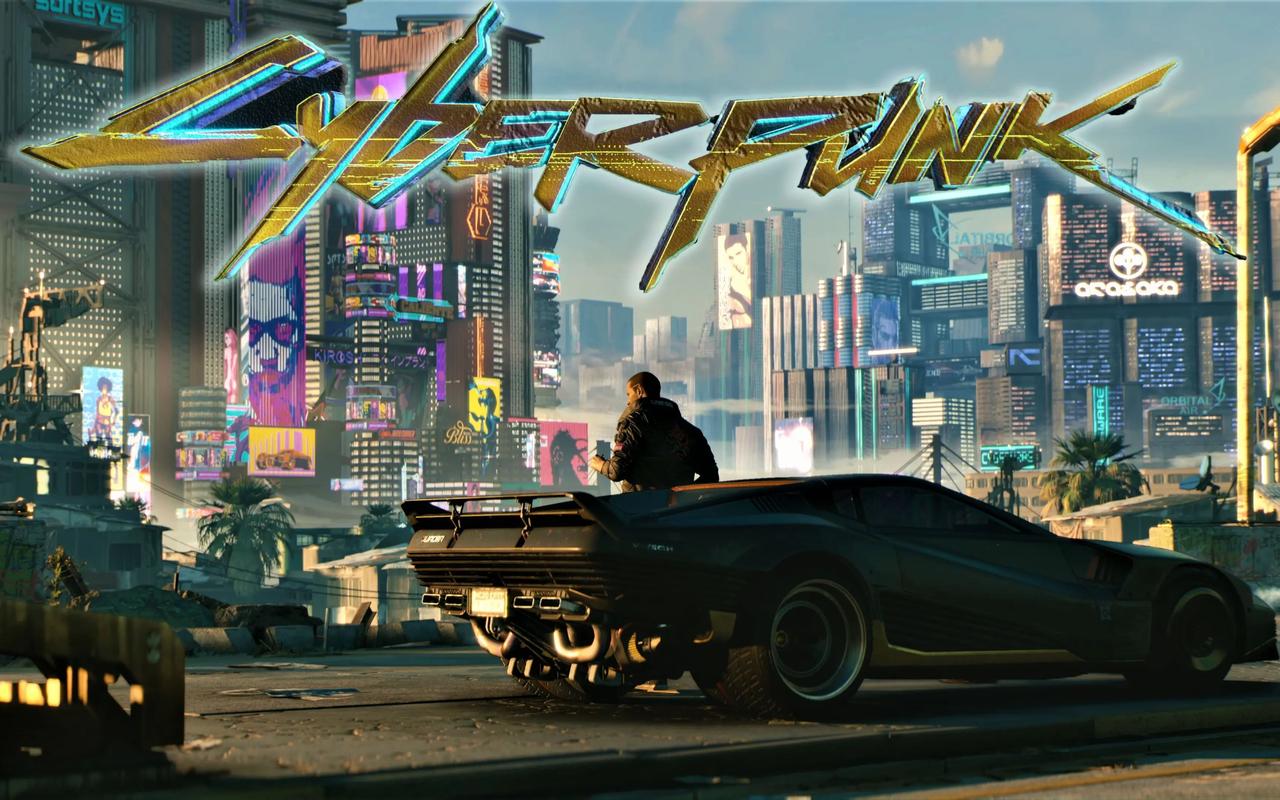Oxenfree Score: A Masterclass in Teen Horror Narrative
Few games manage to blend horror, mystery, and teenage drama as seamlessly as Oxenfree. Developed by Night School Studio, this indie gem delivers a gripping narrative wrapped in eerie visuals and an unforgettable synth-heavy score. But what truly sets Oxenfree apart is its ability to craft a horror experience that feels deeply personal—rooted in the anxieties, friendships, and emotional turbulence of adolescence.
The Haunting Sound of Adolescence
From the moment the game begins, the soundtrack by scntfc (Andrew Rohrmann) establishes an unsettling yet mesmerizing tone. The pulsing synths and ghostly radio static aren’t just background noise—they’re a character in themselves, amplifying the supernatural dread lurking beneath the surface. The music shifts dynamically with player choices, reinforcing the game’s central theme: the past is never truly silent.
Tracks like Beach, 1987 and The Rift evoke a nostalgic yet eerie vibe, mirroring the game’s setting—a deserted island where time feels fractured. The score doesn’t just accompany the horror; it is the horror, twisting familiar melodies into something uncanny.
Teen Horror with Emotional Depth
At its core, Oxenfree is a coming-of-age story disguised as a ghost tale. Protagonist Alex and her friends aren’t just fighting supernatural forces—they’re navigating broken friendships, grief, and the fear of an uncertain future. The dialogue system, with its overlapping, naturalistic conversations, makes every interaction feel authentic.
The horror doesn’t come from jump scares (though there are a few) but from psychological unease. The ghosts—echoes of past tragedies—manipulate the teens’ insecurities, forcing them to confront buried guilt and regrets. It’s a brilliant metaphor for how trauma lingers, haunting us until we face it.
A Narrative That Rewrites Itself
Oxenfree’s most innovative feature is its time-looping narrative. Choices matter, but not in the obvious "good vs. bad" dichotomy of most games. Instead, decisions ripple outward, altering relationships and even the fabric of reality. The game’s multiple endings ensure no two playthroughs feel identical, reinforcing its themes of consequence and repetition.
The horror escalates as reality unravels—glitches, distorted voices, and eerie radio signals make the player question what’s real. It’s a masterclass in atmospheric storytelling, proving that true terror lies in the unknown.

Conclusion: Why Oxenfree Still Resonates
Years after its release, Oxenfree remains a standout in narrative horror. Its strength lies in its restraint—it understands that the scariest stories are the ones that feel personal. By grounding its supernatural horror in the messy, emotional world of teenagers, it creates an experience that lingers long after the credits roll.
For fans of Stranger Things, Twin Peaks, or Silent Hill, Oxenfree is essential. It’s not just a game—it’s a haunting, melancholic ode to growing up, wrapped in a ghost story that refuses to be forgotten.
(Word count: 450)
(Note: This can be expanded further with deeper analysis of specific scenes, character arcs, or comparisons to other horror games if a longer piece is desired.)















